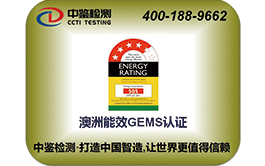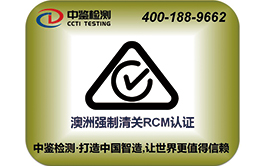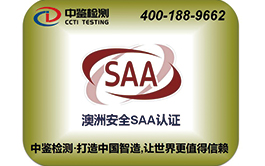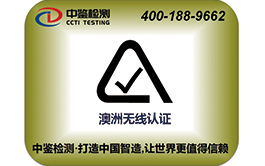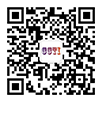SERVICE
Toy ASNZS ISO8124
AS/NZS ISO 8124 is the Australian toy testing standard and consists of seven parts, namely AS/NZS ISO 8124-1, AS/NZS ISO 8124-2, AS/NZS ISO 8124-3, AS/NZS ISO 8124. -4, AS/NZS ISO 8124-5, AS/NZS ISO 8124-6, AS/NZS ISO 8124-7.
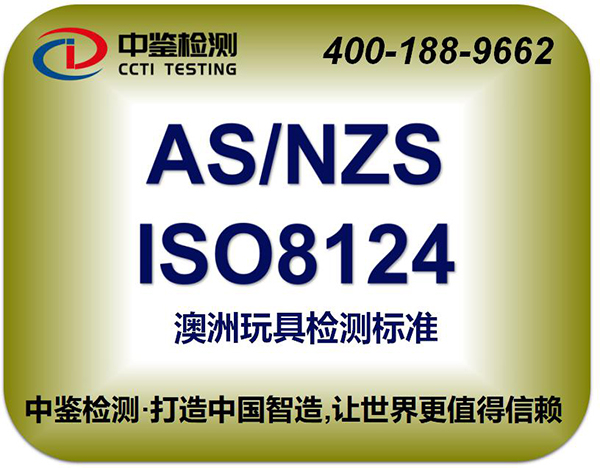
AS/NZS ISO 8124-1: Safety issues related to mechanical and physical properties
The requirements in AS/NZS ISO 8124-1:2018 apply to all toys, ie any product or material designed or intended to be used by children under the age of 14. They are suitable for toys because they are initially received by the consumer and, in addition, they are suitable for use after the toy has been subjected to reasonably foreseeable conditions of normal use and abuse, unless otherwise stated.
The requirements of this document specify acceptable standards for the structural characteristics of the toy, such as shape, size, contour, spacing (eg, rattles, small parts, cusps and edges, and hinge clearance) and acceptable characteristics. Certain categories of toys (such as the maximum kinetic energy of non-elastic spikes and the smallest sharp corners of some ride-on toys).
AS/NZS ISO 8124-1:2018 specifies the requirements and test methods for toys used by children of all ages from birth to 14 years of age. Requirements vary according to the age group of a particular toy. The requirements for a particular age group reflect the nature of the child's response to the hazard and the expected psychological and/or physical ability.
AS/NZS ISO 8124-1:2018 also requires appropriate warnings and/or instructions for use on certain toys or their packaging. The wording of these warnings and instructions is not specified because of possible language problems in different countries, but is given as general information in Annex B. It should be noted that many countries have different legal requirements for such marking.
AS/NZS ISO 8124-1:2018 is not intended to cover or cover all possible potential hazards of a particular toy or toy category. In addition to the labeling requirements for functional hazards and the age range of toys, this document does not require these characteristics of toys, which represent an intrinsic and recognized hazard that is indispensable for toy functions.
An example of such a hazard of Example 1 is the cusp required for the normal function of the needle. The needle is a well understood danger for the purchaser of the toy sewing kit, and the functional cusp risk is communicated to the user as part of the normal educational process of learning to sew and purchase. A warning label on the product packaging.
Example 2 As another example, a two-wheeled toy scooter has inherent and recognized hazards associated with its use (e.g., instability during use, especially during learning). By complying with the requirements of this document, the potential hazards associated with its structural features (sharp edges, pinch hazards, etc.) can be minimized.
AS/NZS ISO 8124-2: Flammability
AS/NZS ISO 8124-2:2014 specifies the categories of flammable materials that are prohibited in all toys and the flammability requirements for certain toys that are subject to minor sources of ignition.
AS/NZS ISO 8124-2:2014 includes general requirements related to all toys and specific requirements and test methods associated with the following toys, which are considered to be the toys with the greatest hazard:
Toys intended to be worn on the head: beards, beards, wigs, etc. made of hair, fluff or material, acting in a similar way to hair; masks; headscarves, headwear, etc.; smooth toy elements worn on the head, but not included a paper novelty hat usually provided in party crackers;
Toy camouflage clothing and toys for children to play;
a toy intended to be imported by a child;
Soft stuffed toy.
AS/NZS ISO 8124-3: Migration of certain elements
AS/NZS ISO 8124-3:2010 specifies the maximum acceptable levels and sampling and extraction methods for the analysis of strontium, arsenic, antimony, cadmium, chromium, lead, mercury and selenium in toys and toy parts.
The maximum acceptable level was specified for the migration of the elements listed above from the following toy materials:
Coatings, varnishes, varnishes, printing inks, polymers and similar coatings;
Polymers and similar materials, including laminates, whether or not fabric reinforced, but excluding other textiles and nonwoven textiles;
Paper and cardboard, up to a maximum mass of 2 per unit area per 400 g/m;
Natural, synthetic or synthetic textiles;
Glass/ceramic/metal materials for lead soldering in electrical connections;
Other materials, whether or not there are a large number of colors (such as wood, fiberboard, hardboard, bone and leather);
Materials used to leave traces (such as graphite materials in pencils and liquid inks in pens);
Flexible molding materials, including modeling clays and gels;
Coatings used in toys, including finger paints, varnishes, varnishes, glazed powders and similar materials in solid or liquid form.
The requirements in AS/NZS ISO 8124-3:2010 apply to the following toys and toy components for toys and toy materials:
All intended food and oral contact toys, cosmetic toys and writing instruments classified as toys, regardless of age classification or recommended age label;
Suitable for all toys for children under 72 months;
Coatings are available regardless of age rating or recommended age label;
Contactable liquids, pastes, gels (eg liquid coatings, model compounds), regardless of age rating or recommended age label.
AS/NZS ISO 8124-4: Swings, slides and similar activity toys for indoor and outdoor use in the home
AS/NZS ISO 8124-4:2014 specifies the requirements and test methods for household activity toys for children under 14 years of age who play in the home or family.
AS/NZS ISO 8124-4:2014 covers products including swings, slides, seesaws, carousels, rocking toys, climbing frames, fully enclosed toddler swing seats and other products designed to withstand the weight of one or more children.
Inflatable activity toys are included in the scope of AS/NZS ISO 8124-4:2014.
AS/NZS ISO 8124-5: Determination of the total concentration of certain elements in toys
AS/NZS ISO 8124-5:2015 specifies sampling and digestion methods prior to analysis of total concentrations of barium, arsenic, antimony, cadmium, chromium, lead, mercury and selenium in toy materials and toy parts.
The digestion of the above elements applies to the following types of toy materials:
Coatings, varnishes, varnishes, printing inks, polymers and similar coatings;
Polymers and similar materials, including laminates, whether or not the fabric is reinforced, but does not include other textiles;
Paper, cardboard and cardboard;
Natural or synthetic textiles;
Whether the metal material is coated;
Other materials, whether or not there are a large number of colors (such as wood, fiberboard, hardboard, bone and leather);
Materials used to leave traces (such as graphite materials in pencils and liquid inks in pens);
Flexible molding materials, including modeling clays and gels;
Coatings used in toys, including finger paints, varnishes, varnishes, and similar materials in solid or liquid form;
Packaging material that forms part of the toy or has the expected game value.
AS/NZS ISO 8124-6: Certain phthalates in toys and children's products
AS/NZS ISO 8124-6:2014 Designated two-assay method Ñbutyl phthalate (DBP), benzyl butyl ester (BBP), bis-(2-ethylhexyl) phthalate ( DEHP), di-n-octyl ester (DnOP), diisononyl ester (DINP), and diisononyl ester (DIDP) (see Annex I) in toys and children's products.
AS/NZS ISO 8124-6:2014 is suitable for toys and children's products made of plastics, textiles and paints.
AS/NZS ISO 8124-7: Requirements and test methods for finger paints
AS/NZS ISO 8124-7:2015 specifies the requirements for materials and materials used in finger paints. It is only suitable for finger paints.
It does not apply to paints intended to be applied to the face or body, such as topcoats.
Additional requirements for tags, tags, and containers.
Shenzhen CCTI Technology Co., LTD. (English abbreviation: CCTI TEST, Chinese abbreviation: Zhongjian Testing) is an excellent new testing and certification organization, providing high-efficiency electronic and electrical products to Europe, America, Australia, Japan, and other countries for overseas certification and testing certification. The project includes CE certification, ERP certification, ROHS certification, FCC certification, FDA certification, IC certification, SAA certification, C-TICK certification, PSE certification, IP rating certification, SONCAP certification. It can also authorize toy products EN-71, ASTM F-963, EN62115, PAHS, REACH, CCC and other certification projects.
Create China's wisdom and make the world more trustworthy! Zhongjian Testing, focusing on global international certification, is an authoritative testing institution worthy of trust and trust!

